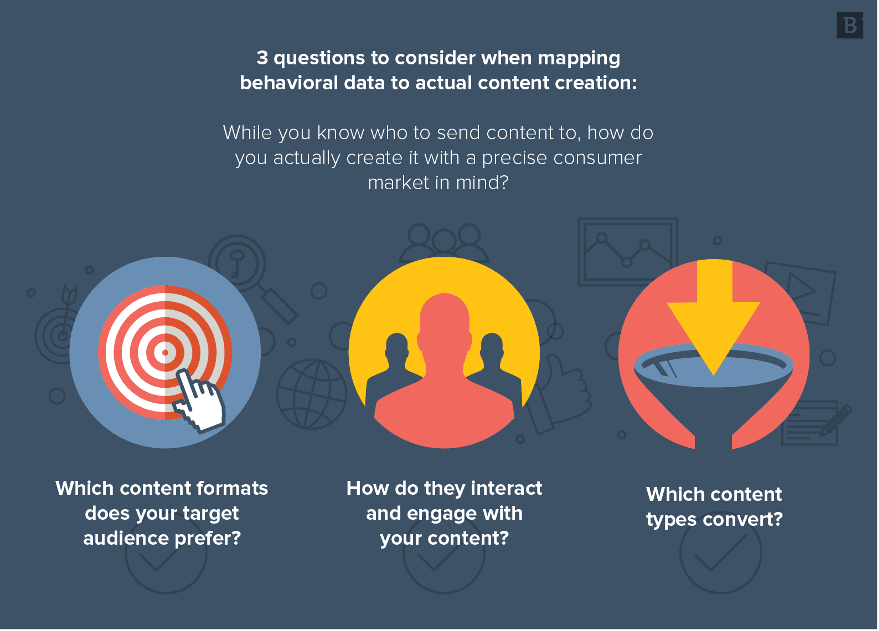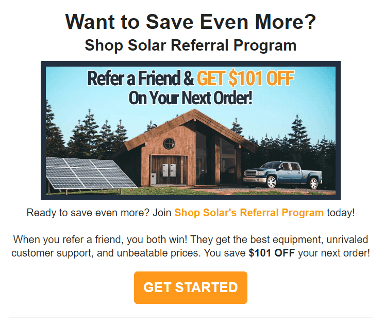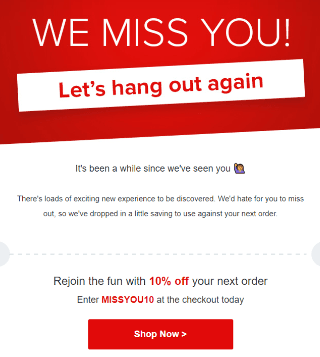User Behavior Analytics
30.10.2023
17 minutes read
Using Behavioral Segmentation For Data-Driven Business Decisions
Why settle for a one-size-fits-all approach when you can harness the power of user data for customized solutions?
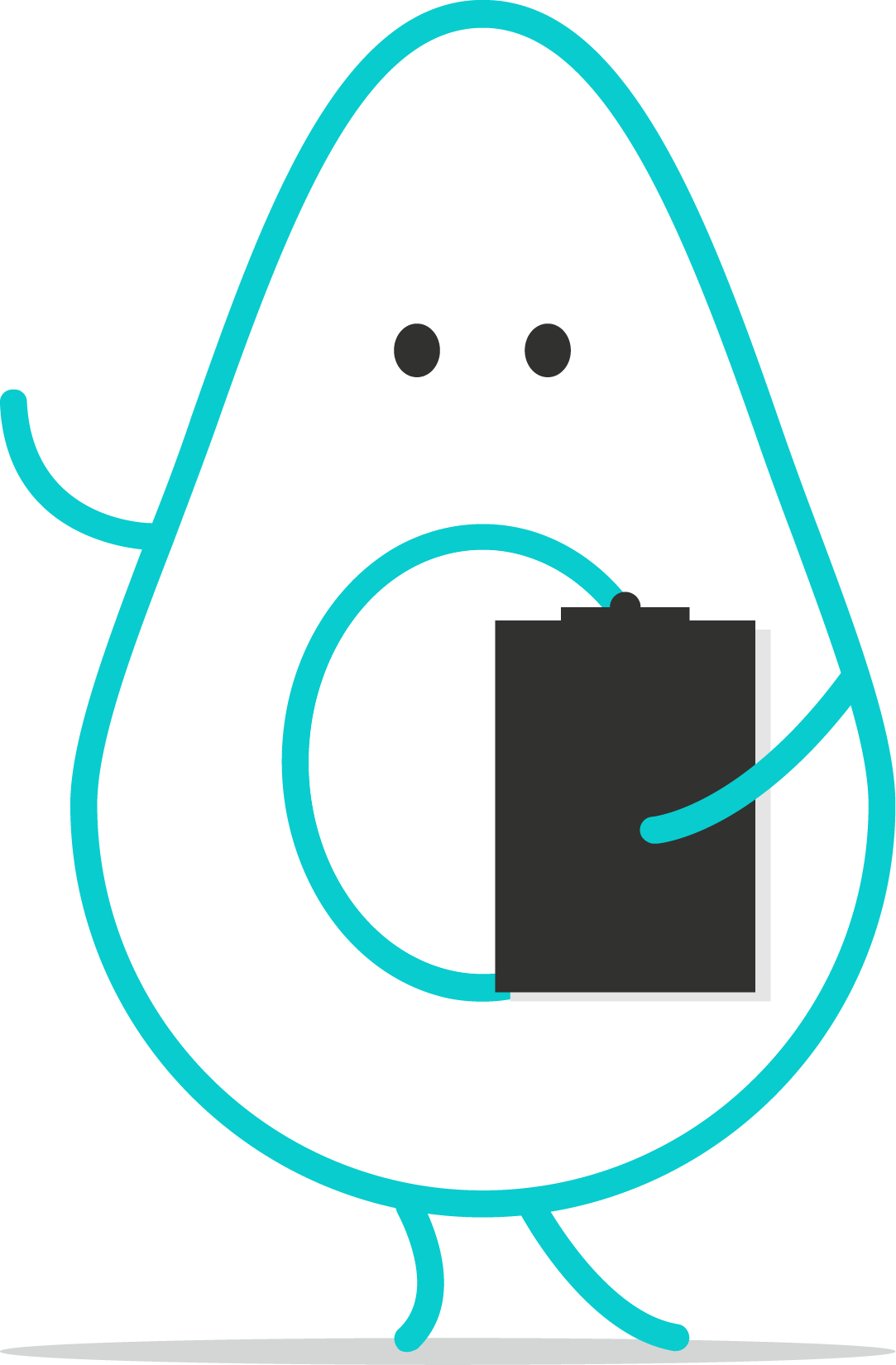
List of Contents
Why settle for a one-size-fits-all approach when you can harness the power of user data for customized solutions? Think hyper-personalized email campaigns, product suggestions that resonate, and timely offers that convert. The good news, this article will walk you through the ins and outs of behavioral segmentation to make smart marketing decisions.
This is a guest post written by Burkhard Berger, the founder of Novum™. He helps innovative B2B companies implement revenue-driven SEO strategies to scale their organic traffic to 1,000,000+ visitors per month. Curious about what your true traffic potential is?
87% of companies realize that traditional experiences are no longer effective for customer satisfaction. It’s high time you segment your target audience based on their specific needs, buying behaviors, and preferences.
By the end of this read, you'll have the tools to understand your customers' behaviors, setting the stage for marketing campaigns that not only engage but also drive sales and customer loyalty. The best part, you'll know how to make smart, data-driven decisions that go beyond the basics. Ready to transform your marketing from generic to genuinely resonant?
Let's get started.
What Is Behavioral Segmentation?
Behavioral segmentation is dissecting the hows and whys of your customer’s interactions with your brand. We're talking about the choices they make—the products they pick, the reviews they read or write, the time they choose to shop, and even how they navigate through your website or app before they make their purchase decision.
It lets you tailor your marketing strategies to resonate with different customer groups most effectively. Imagine being a chef who knows not just that a customer likes pasta but that they prefer it al dente with a hint of spice—that's the level of customization we're aiming for.
Using behavioral segmentation, businesses can create relevant offers for each segment, like discounts, coupons, free trials, loyalty programs, and referrals. Marketers use various marketing channels to send personalized content and special offers to each segment.
These include conventional platforms like email, SMS, and push notifications, or more interactive channels like social media, and paid paid Telegram groups. This helps businesses create a more intimate and loyal relationship with their customers.
Once you’ve segmented your target audience into groups, ask these questions to create valuable marketing content and ad copies:
- What kind of content converts?
- What type of content do they engage with?
- What perks or features do customers prioritize?
- Which shopping platform do customers use most?
- At what time are the purchases most likely to happen?
6 Types Of Behavior Segmentation
Understanding the types of behavior segmentation unlocks the door to personalized marketing, so you can target the right audience with the right message. It enhances customer engagement, drives sales, and helps allocate resources more efficiently. Let’s get straight to the behavior segmentation types to help you make data-driven business decisions:
1. Purchase Behavior
Purchase behavior focuses on the different types of buying habits people exhibit. It can be as simple as spotting an item and buying it on impulse or as complex as scouring reviews and comparing prices. It could also involve mulling over a product for weeks depending on the buying stage. Behavior segmentation can be divided into:
Impulse Buyers
These are the spontaneous ones, the consumers who see a glittering pair of earrings showcased on Instagram and buy it in a heartbeat. Imagine running an online jewelry store. You notice that sales for a certain collection spike every time you post about it on social media.
What You Should Do: Leverage social media to feature your bestsellers. Use visually appealing photography, strategic hashtags, and product tags to draw in these impulse buyers.
Routine Shopping
It involves a monotonous purchasing pattern. For example, a customer who always buys the same brand of toothpaste every month.
What You Should Do: Throw in a coupon for a matching item, like dental floss, to add value and deepen brand affinity.
Research-Intensive Buying
It includes the customers spending considerable time reading customer reviews and product specs before making a purchase.
What You Should Do: Offer robust content like detailed guides, comparison charts, or expert reviews to help these customers make informed decisions.
Need-Based Shoppers
These are pragmatic buyers. They shop when they need something, not a minute before, and certainly not just for the thrill of it. For example, imagine running a fitness store. Need-based shoppers are the ones who come in for workout supplements when they start a new fitness regimen, not for the array of yoga mats and dumbbells you might also offer.
What You Should Do: Tailor promotions to focus on essential items during peak times. For instance, during flu season, offer discounts or bundle deals on flu medications to attract these need-based shoppers.
Subscription Buyers
They choose the products or services delivered on a regular, scheduled basis rather than making single, isolated purchases. For example, you notice a group of customers prefer to buy your organic tea via a monthly subscription rather than making single purchases.
What You Should Do: Offer a special add-on or a small discount for subscribing, encouraging more customers to go this route.
Bulk Buyers
Customers who buy in larger quantities may do so because of a seasonal sale or a limited-time offer.
What You Should Do: If you're a grocery store owner, consider implementing a "buy one, get one free" offer on perishable items close to their expiry date.
2. Usage Behavior
Not as often discussed but equally valuable is usage behavior. While purchase behavior tells you the 'how' of buying, usage behavior fills you in on the ‘how often’. Are your customers interacting with your product daily? Or do they only engage once in a blue moon?
Heavy Users
These are, let’s say, your app's daily active users or the customers who visit your coffee shop every morning like clockwork.
What You Should Do: Create a feature or a special daily deal exclusively for heavy users. Make them feel like they're part of an elite club.
Light Users
Their purchasing journey is triggered by specific occasions, embodying periodic yet highly crucial buying patterns. For example, they could purchase medical alert systems during specific life events or milestones, like a family member reaching a senior age or after undergoing a major surgery.
What You Should Do: Nudge these occasional users to become more engaged. Offer a monthly newsletter featuring new updates or a special discount that kicks in on their second visit.
3. Occasion Segmentation
It's all about knowing what your customers want and when they're most likely to buy it. Life is a series of occasions, from birthdays and anniversaries to seasonal events like Christmas or the Fourth of July.
Occasion segmentation helps you understand which events drive your customers to make specific purchases. It can also include grouping your customers based on their daily routine or a specific time of day.
Personal Milestones
It involves grouping customers based on their purchasing preferences related to significant personal occasions or life stages, like weddings, graduations, or moving to a new home. For example, customers who buy maternity clothes or newborn essentials as they prepare for a new baby.
What You Should Do: Create tailored email campaigns that guide soon-to-be parents through the various stages of pregnancy, offering relevant products along the way.
Seasonal Events
It categorizes buyers based on their purchasing activities and preferences during specific seasons or events, like holidays, festivals, or occasions like back-to-school and Halloween.
What You Should Do: Ramp up your inventory and promotional campaigns for popular seasonal items a month or two before the season starts.
Cultural Celebrations
It organizes consumers according to their purchasing behaviors related to universal occasions. It can include specific cultural, national, or religious festivals and celebrations, like Diwali, Christmas, or Lunar New Year. For example, increased sales of traditional garments or decorations during Diwali or Hanukkah.
What You Should Do: Partner with cultural organizations to offer special edition items that are authentic and appealing.
4. Timing-Based Segmentation
While occasion segmentation is tied to specific events, timing-based segmentation is a bit more general. It's the recurring patterns in purchasing behavior that are not necessarily tied to a specific occasion. Here are 3 types of timing-based segmentation:
Weekend Shoppers
These customers shop online at the end of the workweek, often because of free time. What You Should Do: Introduce weekend-only flash sales to capitalize on this high-traffic period.
Lunchtime Logins
It includes the users who are most active on your mobile gaming app between 12 PM and 2 PM.
What You Should Do: Roll out midday challenges or bonus features to keep these users engaged.
Payday Splurges
It involves extravagant spending like a surge in high-ticket purchases shortly after the 1st and 15th of each month.
What You Should Do: Consider launching new products or limited-time offers around these peak purchasing days.
5. Benefits-Sought Segmentation
If you've ever wondered why some folks opt for an electric car while others stick with their gas guzzlers, you're pondering the benefits-sought segmentation. This type of segmentation is all about understanding the specific advantages or solutions customers are looking for (in this example, emobility software migration) when they choose a particular product or service.
Let’s find out the types of benefits-sought segmentation with examples:
Convenience
An example of convenience-driven segmentation can be the user base of a meal kit delivery service that wants a hassle-free cooking experience.
What You Should Do: Streamline your app or website to make ordering as simple as a couple of clicks. Introduce express delivery options or one-tap reordering features.
Quality
Customers in this segment are all about top-notch products. For example, customers buy artisanal bread rather than generic grocery store loaves.
What You Should Do: Leverage this by implementing quality seals, offering behind-the-scenes looks at your production process, or providing testimonials from experts in the field.
Price Sensitivity
It can include shoppers who frequent dollar stores or hunt for discounts online.
What You Should Do: Introduce value packs or budget-friendly bundles. Consider referral or loyalty programs that offer cash back or discounts on future purchases.
Let’s look at this email marketing campaign showcasing Shop Solar's referral program. When a customer refers the brand to a friend, they save $101 off their next order. It gives a path of mutual benefit: when a customer tells a friend about the store, the newcomer doesn’t just get top-tier solar solutions, but the referee also enjoys a wallet-friendly deal.
Status/Prestige
This segment involves status-conscious buyers. For example, people invest in luxury watches not just to tell time but to make a style statement.
What You Should Do: Create an exclusive members-only area on your website where you release limited-edition products. Offer personalized shopping experiences both online and in-store.
Sometimes, people look for benefits so specific that they create their niche market.
Eco-Friendly
This group contains environmentally-conscious buyers. For instance, consumers opting for sustainable bamboo-fiber clothing.
What You Should Do: Offer a recycling program or a discount for future purchases when they return used items.
Customization
This segment likes highly personalized products and services. For example, tech-savvy users can choose a highly customizable smartphone.
What You Should Do: Consider allowing users to build their bundles of features, services, or add-ons, ensuring they get exactly what they want.
6. Customer Loyalty Segmentation
When we talk about loyalty-based segmentation, we’re referring to categorizing your customer base based on their level of devotion to your brand. This goes beyond the typical metrics of purchase frequency or spending levels; it delves into the emotional and psychological connections customers form with your brand.
Casual Shoppers: The Window Gazers
These are customers who pop by every once in a while. They've bought from you maybe once or twice but haven’t shown a strong commitment to your brand just yet. For example, someone who buys a novel at a bookstore while generally buying most of their books online.
What You Should Do: To win these hearts, consider short-term incentives like flash sales or first-time customer discounts.
Regulars: The Steady-Goers
These are your bread-and-butter customers. They frequently shop with you, but they’re not quite brand advocates. For example, a family that orders pizza from the same local restaurant every Friday night.
What You Should Do: Reward their loyalty with a loyalty card that offers a free item after a set number of purchases.
Brand Loyalists: The Raving Fans
These customers are your brand’s cheerleaders. They don’t just make purchases frequently, but also passionately recommend your brand to others. For example, Apple product users who not only own multiple devices but also actively promote them to friends and family.
What You Should Do: Leverage these evangelists by encouraging them to write reviews or share their experiences on social media in exchange for exclusive perks.
Lifers: The Soulmates
This elite group considers your brand an integral part of their lifestyle. They’re not going anywhere unless you mess things up. For example, a person who only drinks a particular brand of artisanal coffee visits that café every weekend.
What You Should Do: Offer them the ultimate VIP experience. Think exclusive previews, special events, or even input into future products.
We're not stopping with segment types. Coming up are 9 can't-miss strategies designed to deepen customer loyalty, elevate your brand, and yes, grow that bottom line. Let's dive in.
9 Behavioral Segmentation Strategies For Better Decision-Making
Imagine strategies that truly get your customers, turning each interaction into a tailored experience. These approaches not only improve customer satisfaction but also boost your brand's reputation and performance. Let's explore each strategy to see how it can refine your business decisions.
I. Customized Email Campaigns
Identify segments that regularly browse your site but rarely make a purchase. Create an engaging email series that nudges these potential customers to conversion. The emails could include anything from a welcoming message that shows off your brand's personality, to product highlights that directly cater to their interests, and exclusive promotions that make them feel special.
II. Precision Retargeting
Say you've got an audience segment that frequently visits your site but hesitates at the checkout page. This segment is ripe for retargeting. Create ads that specifically showcase the products they viewed, perhaps with a limited-time offer to instill a sense of urgency. Display these ads on social media platforms or other websites they visit.
III. A/B Testing For Individual Segments
Don't serve the same old dish to everyone; spice things up. Design A/B tests to find out what resonates with each segment. Change one variable at a time—like headlines, calls to action, or images—to see which version gets a better response. This approach ensures you’re not making blanket changes that could alienate certain segments.
IV. Segment-Specific Loyalty Programs
Your loyal customers are your goldmine. Create reward programs that are relevant to their interests. Whether it’s early access to new products, special members-only content, or exclusive discounts, these perks should make them feel like VIPs in a club they never want to leave.
V. Seasonal & Event-Based Offers
Some segments might be more inclined to make purchases during specific seasons or events. Capitalize on this customer behavior by crafting time-sensitive offers. If you have a segment that tends to splurge around the holiday season, consider offering "holiday edition" products or exclusive holiday promotions.
VI. Cross-Sell & Upsell Strategies
When you see that a specific segment often buys a certain type of product, show them complementary items either during the checkout process or in post-purchase emails. If they bought a high-end camera, suggest some lens cleaning kits or camera bags.
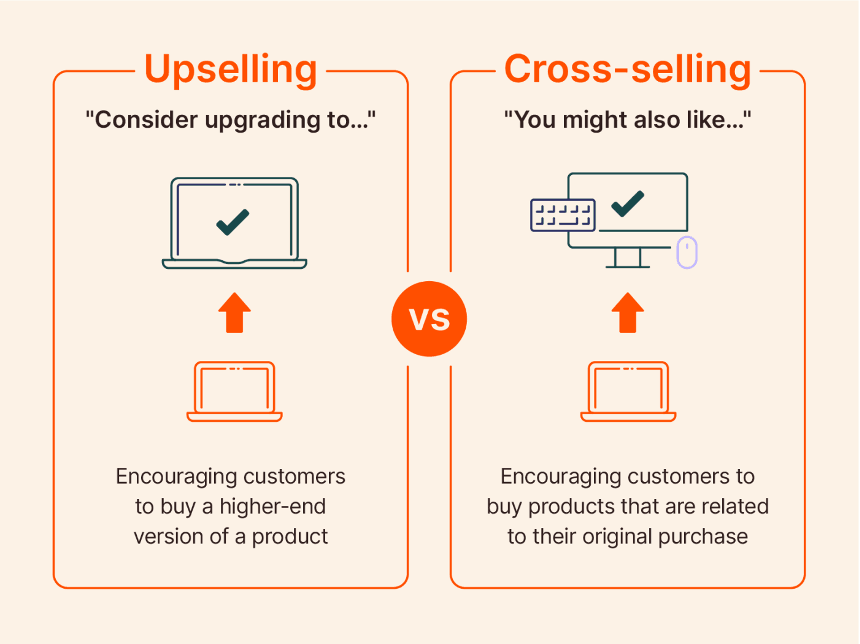
VII. Hyper-Personalized User Experience
Use the behavioral data you’ve collected to offer a personalized experience on your website or app. If a segment often reads blog posts about organic skincare, the next time they visit, populate the landing page with more of this content or even organic skincare products.
Leverage change data capture technology for hyper-personalization. It archives previous versions of customer data, allowing you to compare their current behavior with past interactions. Understand their evolution to fine-tune your segmentation and offer even more targeted content or products. This will enhance customer engagement and drive more conversions.
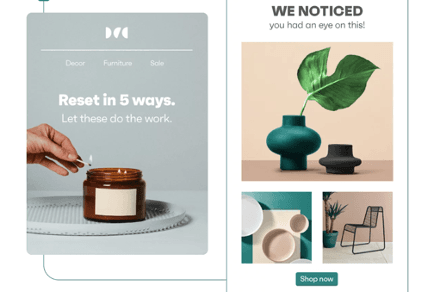
VIII. Proactive Customer Service
Take note of any common issues or queries that specific segments have and address them preemptively. If a segment of users often contacts customer service about how to use a new feature, consider sending a tutorial video via email or pop-up.
IX. Geo-Targeting For Local Relevance
If your behavioral data shows clusters of customers in specific locations, tailor your marketing messages to be locally relevant. That could mean running geographically specific promotions or even offering local pickup options for online purchases.
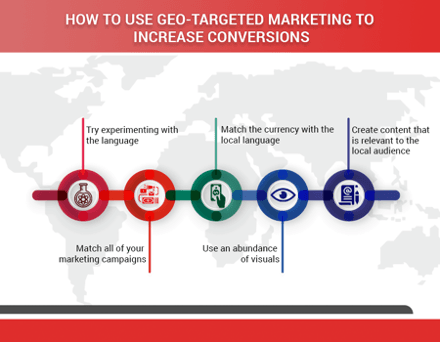
Steps To Leverage Segment Data For Better Decision-Making
Follow these steps to utilize segment data to make informed marketing decisions:
- Analyze your segmented data to identify key trends and behaviors.
- Set specific, measurable goals based on what you want to achieve.
- Prioritize customer segments according to their relevance to your goals.
- Develop tailored strategies for each high-priority segment.
- Choose communication channels that resonate with each segment.
- Implement your strategies, tracking all relevant KPIs.
- Monitor real-time user data to make quick adjustments.
- Evaluate the outcomes against your set goals after the campaign ends.
- Use evaluation insights to optimize future efforts.
7 Key Benefits Of Behavioral Segmentation
Let’s find out the 7 compelling reasons to dive headfirst into the world of behavioral segmentation:
1. Personalized Marketing
Personalization is more than just adding a first name to an email; it's about curating a one-on-one experience for each customer. Ever notice how your favorite Spotify playlist seems to 'get you'? That's using personalized offers at its best. Crafting campaigns that feel like they're built just for them, increases brand affinity, and level of loyalty, and makes the customers feel valued.
2. Increased Engagement
Imagine this—you send out an email with an exclusive discount on outdoor gear right when your customers are planning their next hiking trip. The stars align, and voila. You’ve captured their interest at the perfect moment. Your engagement rates go through the roof.
3. Higher Conversion Rates
With behavioral segmentation, you can recognize where each customer is in the purchasing process and deliver targeted messaging. You’re not just throwing a bunch of ads into the void and hoping for the best. It's like having a conversation and knowing precisely what to say next. Tailored messages have a much higher chance of converting leads into sales. It can significantly reduce bounce rates.
4. Better Customer Retention
There's a reason friendship bracelets are a two-way street. The more you understand your customers, the more you can offer them what they truly want. For instance, if you know a segment of your customers loves premium services, offering them an exclusive VIP program can fortify that relationship and make them think twice before jumping ship.
5. Optimized Spending
Behavioral segmentation ensures you're watering the right plants. It tells you which channels and strategies are most effective for different customer groups, so you can allocate resources more wisely.
6. Insightful Analytics
Craving those lightbulb moments? Behavioral segmentation delivers. You can analyze purchase history, interaction frequency, and engagement levels to identify patterns and opportunities. Suddenly, your marketing strategy evolves from educated guesses to data-backed plans.
7. Competitive Edge
When you understand your customers better than your competitors do, you've got a secret weapon. Anticipate their needs, spot trends, and offer solutions faster. This makes you their go-to brand in the market.
Conclusion
Behavioral segmentation isn’t only about data accumulation but finding out the desires, expectations, and needs of each unique customer segment. Tuning into our customers’ behaviors and wishes doesn't just brighten their journey with us but also lights up your path toward higher sales conversions.
Your marketing can talk directly to each customer, turning every interaction into a personal chat rather than a shout into the crowd. It's a key to sustainable business growth as it makes sure every user interaction is relatable and personalized. Now, it’s your turn to take action and apply the strategies discussed.
Now the question arises: How do you navigate the vast sea of user data to extract actionable customer insights?
Head towards CUX and unlock the secrets of your customer's digital journey with our reliable user behavior analytics tool. Navigate through every click, trace every engagement path, and set sail towards highly personalized customer experiences that not only resonate but also convert.
Start a free trial now to boost your marketing game. Get access to your customer insights and steer towards better engagements and higher conversions.
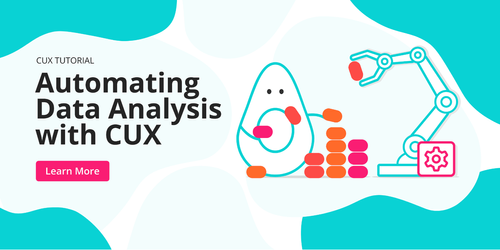
1/02/2023
17 minutes read
Automating analytics – stop wasting time on redundant data analysis – automation with CUX [FREE CHECKLIST]
Did you know that there is a much better and easier way to perform data analysis? Yes, it's not fake news!
Read more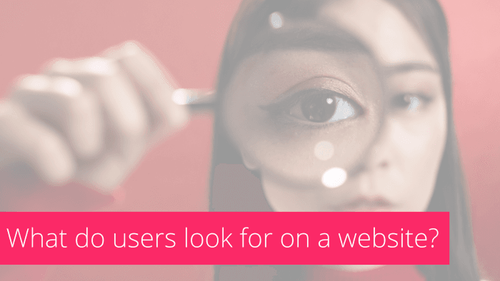
16/05/2022
17 minutes read
4 things customers pay attention to when browsing websites
How to attract traffic to your website?! If you’re working with user experiences, you’ve probably asked yourself this question many times.
Read more

